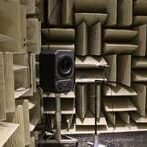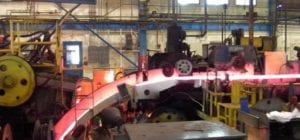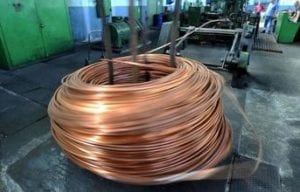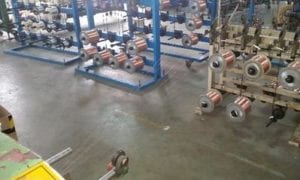High Resolution Speaker Cables
An Introduction to KirmussAudio Hi-Resolution Loudspeaker Accessory Cables
There has been much debate among audiophiles as well as audio engineers as to the truth that cables make loudspeakers sound better or worse.
One could say and many manufacturers would advertise that the best sound reproduction of a given source material would be to have a “direct connection” between the amplifier output to the speaker itself; therefore forcing their point of view that a $23,000 six foot speaker cable would outperform a $300 to $500 cable set...but alas, drivers, mid range speaker and tweeters that make up a loudspeaker sees an amplified audio source pass through a complex set of components and coils in a crossover within the speaker enclosure thus already affecting what would be termed a direct one to one connection.
While many manufacturers also test their designs trying to match a reference, one needs to understand the fact where the ultimate loading also varies between speaker manufacturer with the same amplifier. That is why there is much discussion about cables, sound and auditors' perceptions.
Hearing is believing and in any purchase, the entire system either works or does not not work for an audiophile.



Just as there is no such thing as a perfect amplifier, there is also no such thing as a perfect load.
Speakers are especially horrendous in this respect having significant reactance, which varies with frequency.
There is no such thing as an amplifier with zero output impedance and as a result all amplifiers are therefore influenced to some degree by the load.
The load being also modified by the audio signal carried by the loudspeaker cable.
An ideal load is perfectly resistive which has no reactive elements such as inductance or capacitance are present. Hence the reference to a “direct connection”. Just as there is no such thing as a perfect amplifier, there is also no such thing as a perfect load. Speakers are especially gruesome in this respect, having significant reactance, which varies with frequency. They, of course, are connected by the speaker cable to the amplifier. Get the drift?
Then how do cables affect soundstage and the like? Many a time, this is all one’s personal perspective. As a manufacturer of cables, there are technical resources to review and appreciate.
One aspect is where the LR Series Circuit and LC Resonant circuit of the cable introduced between the speaker and how the amplifier itself reacts to the various crossovers within the loudspeaker and how they play into the loading of the amplifier’s output as well as reverse reflections to the amplifiers output are in fact of consequence. The cable comes into play...
While most amplifiers have 4 and 8 ohm outputs, twin (zip wire) cables all have significant inductance which increases proportionally in length. With an amplifier rated at 20 Watts and with an 18 gauge rated zip cord of 12 feet saw the response change 2.9 dB, quite significant, even more when now increasing length to a length of 18 feet. This change was audible and unacceptable. All amplifiers are affected by the load, and therefore all amplifiers must show some degree of sensitivity to the speaker lead and speaker. How it affects one’s perception of soundstage and imaging is up to the audiophile. In fact, keeping the same speaker and cable and changing amplifiers also changes the perceived soundstage and imaging, as amplifier final circuits are all different and react differently to cables.
As a result, all KirmussAudio cables strive for a balance and for a near neutral affectation as part of the tank circuit the loudspeaker cable creates as the intermediary carrier between the amplifier and loudspeaker.
The Kirmuss Audio’s “Adrenaline” model cable features this approach.
Terminations are made using Rhodium plated copper. Rhodium is considered best in class of all the platinum metals family for resistance to corrosion and tarnish. As it is extremely hard, it is better than gold plating.
In speaker applications we see many audiophiles move cables around, Rhodium is a better choice for this making this contact on both amplifier and speaker ends. As this happens frequently, our banana jacks feature a tensile “cinch”, holding the cable in place.


